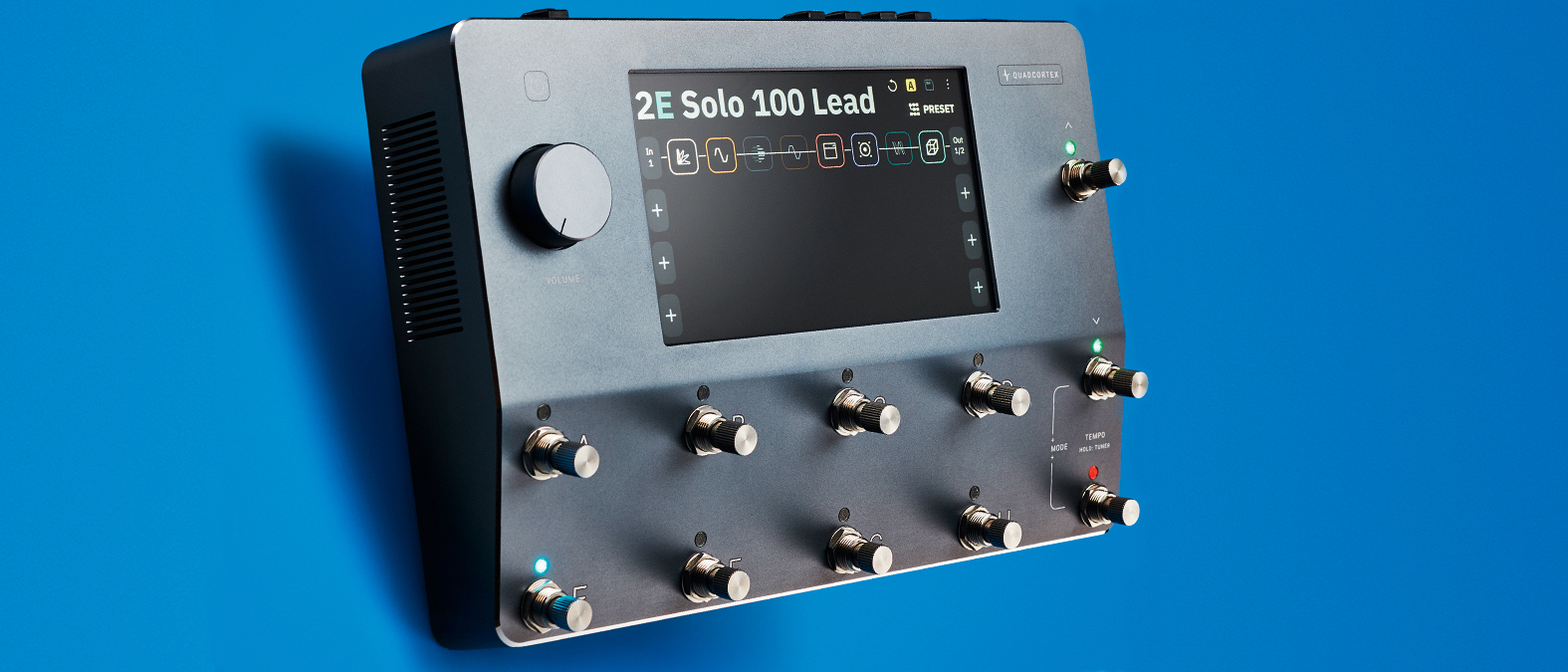MusicRadar Verdict
A pro-quality amp modeller and effects unit that presents its many features in an easy-to-use format, the Neural DSP Quad Cortex is a triumph of design. The sound quality is incredible, the user experience unsurpassed. This is the sort of kit to make a digital convert of the most devoutly analogue player
Pros
- +
Superb, intuitive design.
- +
So many great sounds – the sky's the limit for tone.
- +
Neural Capture is fast and reliable.
- +
Rugged enclosure.
- +
Features be updated regularly.
- +
Stomp+rotary actuators are very clever.
Cons
- -
No desktop controller just yet.
- -
Can't use presets from your Neural DSP plugins... Yet.
MusicRadar's got your back
Neural DSP Quad Cortex: Updates
Since its release in 2021, the Neural DSP Quad Cortex has had four minor releases as well as countless patch updates. A couple of patch versions in, they celebrated shipping 5k units and growing the team, so they definitely found an audience.
Moreover, they've been proactive about communicating with their customers and shipping new functionality. With CorOS 2.0 now released, it's possible to look back at two years of patches released for version one and take stock of the updates.
First of all, there's a pretty big expansion in the number of amps and devices. This is the most noticeable change from the stock unit to one on the latest firmware. Before we even get into captures, by our count there's something like 20 amps, 5 delays, 4 reverbs, 11 modulations, 3 overdrives and five new compressor devices added to the QC.
Importantly, the reverb and delay algorithms were overhauled to improve performance. Not only that but there are some added models like shimmer reverb and analogue delay that are staples for many players.
In addition to those devices, a looper and freeze effect were added, as well as a two-voice harmonizer that's controllable by MIDI. Perhaps the most interesting addition, however, was more a side-effect of an added device than the device itself.
While modelling the fuzz face, the Neural team realized that much of the pedal's tone was down to the input impedance and level of the pickups in front of it. This led to the addition of a virtual pickup level and pickup type control.
On the interface side, the two biggest features are a quality-of-life one and a second that's crucial. The first is the introduction of bundles, which means packaging all the Neural captures in a preset.
This is a power user feature, but it does save a lot of tediousness when shuffling around presets. This is continued nicely in 2.0 with the ability to use checkboxes for uploading multiple items to Cortex Cloud.

The feature that's essential, meanwhile, is the ability to lock the screen. The Quad Cortex is the first touch-screen modeller that nailed editing using a touchscreen. Still, that large panel is a double-edged sword if you hit the wrong thing while playing a show.
Although Cortex Cloud and Cortex Mobile allow for easy sharing and backing-up of presets, it's not yet a fully-featured editor. Also, none of the minor version 1 releases addressed the single most notable feature on the original Quad Cortex roadmap - the portability of Neural's DAW plugins to the Cortex.
It's been superseded by hybrid editing in version 2.0, but multiple bypass was an important stepping-stone. It allowed for similar workflows while using the standard stomp mode, at least assuming a scene could hold all the required devices for a track.
The feature set on the Quad Cortex was already decent, and crucially, sound quality was excellent from day one. However, the addition of these amps, devices and functionality improvements add up to a pretty substantial increase in power and features for the unit. There's a fair argument to be made that version 1.1-1.4 represent a bigger set of changes than the jump from major version 1 to version 2 of CorOS.
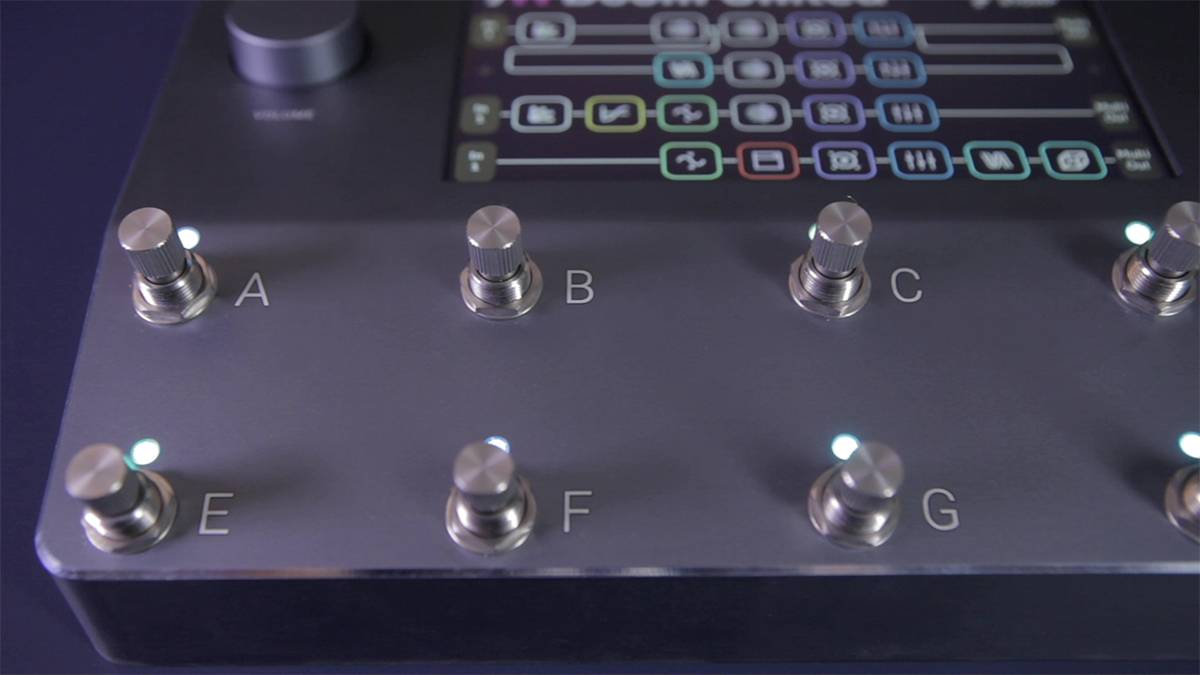
CorOS 2.0
The CorOS 2.0 update is a pretty radical shake-up of the user interface, and also comes with several new devices. As well as three new amps and a new overdrive, there's a staggering 893 captures included. Yes, 893. It stands to reason then, that better features for sorting, auditioning and searching would be on the cards, and indeed they are.
Searching is completely redesigned, with recent searches and better tab-based navigation. On all screens scroll performance is improved. Scroll jumping using an additional element means that fast scrolling through longer menus is now a breeze.
Outside of the UI changes, there's a couple of major global features. Global EQ is a pretty self-explanatory feature. Especially for live use, it's very common to want say, a blanket cut below 30Hz, and above 12 or 15 kHz. Now that's easy to set up. Less obvious is the utility of cab global bypass.
For players that are running the unit into the power stage of a head while gigging, it's a big quality of life update. What this means is that live, you can globally disable all cab simulation, and then restore it when you're back at home or in the studio.
This makes switching back to working on headphones or using the Quad Cortex as an audio interface into a DAW easy. Finally, hybrid mode allows you to use scene-based switching, while also retaining a row of switches primed for dynamic control.

Elsewhere, device versioning means that Neural can roll out updates to devices without players losing access to older versions. While this is less of interest for things like reverbs, where usually changes result in an optimisation, maybe the virtual mojo of an overdrive could be disrupted by an update. Fear not, however, as now the older version will remain accessible.
For the player, the most noticeable things working with CorOS 2.0 are the improved menus and search functionality. With such a huge array of presets and captures, navigating them is daunting. Doubly so to anybody dropped straight in to the 2023 feature set.
For users of computationally demanding effects like reverb, the ability to make complex patches using the newer, more efficient algorithms is noticeable. The new Mesa JP-2C amplifiers are of course a fun addition. Then again, there's already many ways to get in the ballpark of that sound using the amps, captures and devices already available.
We tend to prefer the meat-and-potatoes stomp mode on floorboards like this. Still, it's easy to see how the hybrid mode would be useful for session or function players. It's a powerful ability to be able to line up scenes for switching between songs, or parts of songs, while still having on-the-fly, dynamic control. Even in an originals band, with electronics or MIDI elements it can help balance 'on rails' performance and 'live', intuitive playing.
In terms of user interface and ergonomics, the CorOS 2.0 update is a big improvement in daily workflow. However, it's not a gamechanger, and there's no stand-out 'wow' feature, at least for our money. Moreover, the feature that many were hoping to see - compatibility with Neural's DAW-based plugins, remains a future roadmap feature. The bottom line - if you weren't already sold on the Quad Cortex, or indeed an existing owner, CorOS 2.0 is unlikely to sway you one way or the other.

Neural DSP Quad Cortex: What is it?
Neural DSP has fast become a household name on the new frontier of amp modelling and guitar effects but hitherto its rep had been built on the back of its range of plugins, many of which were designed in collaboration with high-profile artists such as Gojira, Cory Wong and Tosin Abasi.
Its first foray into hardware, the Quad Cortex, is a floor-based unit that presses all that next-gen algorithmic sorcery into service for what is quite possibly the most exciting amp modeller yet.
What makes it so exciting? After all, there is no shortage of powerful tech-forward modelling options on the market. Well, quite simply it's the power, the options, the functionality and the compact form that's created a buzz – and a design that places this embarrassment of riches within easy reach of the guitar player with a super-intuitive design.
Housed in an anodised aluminium unibody, the Quad Cortex features a bright seven-inch LED touch-screen that allows you to adjust parameters and arrange your signal chain.
The Quad Cortex derives 2GHz of DSP power from SHARC+ processors that gives it its name, and this puts a lot of sounds on the menu, and that's pretty awesome, but what will really blow your mind is how intuitive the Quad Cortex is. You won't need a degree in audio engineering to access all quarters of its formidable tool set.
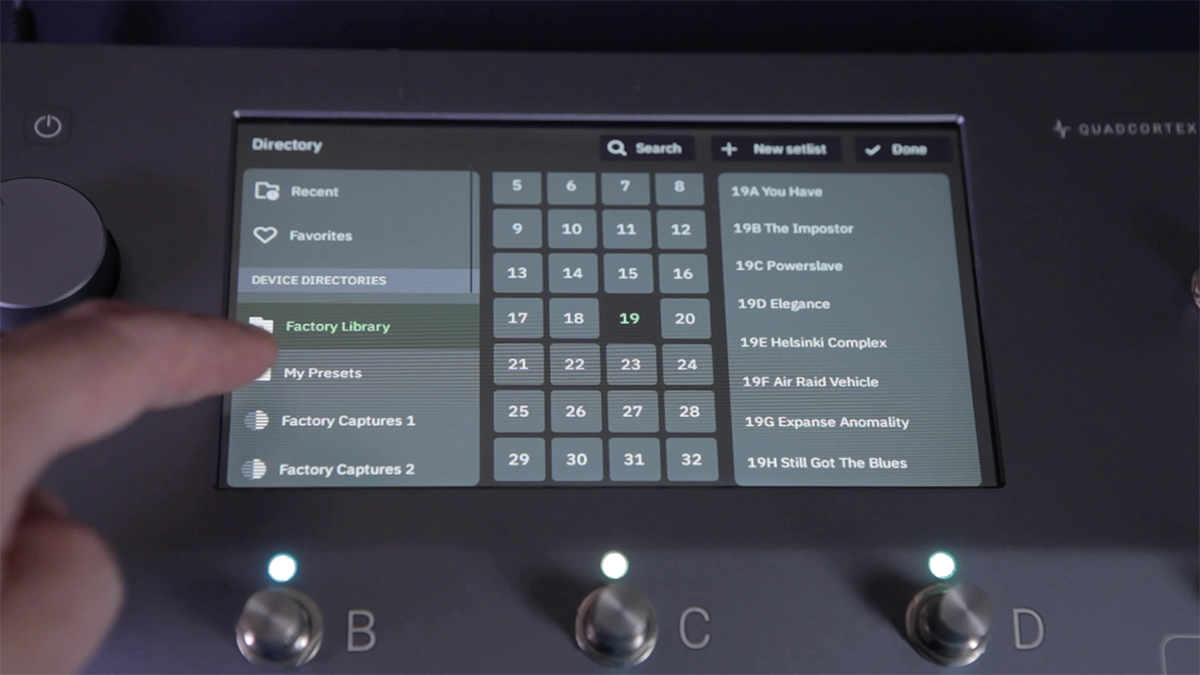
You can adjust these sounds and access all the functions from the touch-screen. Alternatively, the stomp+rotary actuators sees the footswitches double as dials for a more hands-on experience. The screen is bright, clear and, crucially, it is big. There's no cycling back and forth through menus – you can lay it all out there on the screen, amps, cabs, effects all sharing space on one big desktop.
The Quad Cortex divides its operations into three modes: Preset, Stomp and Scene. Preset mode is, as you'd imagine, all about the presets, arranging each of the eight stomp buttons for selecting a preset, with presets stored in banks that can be accessed via the up and down stomp buttons.
There are 32 banks available to the user, which, with eight stomp buttons [marked A to H], makes for – yes, math fans – 256 presets. But wait, there are also 10 Setlist slots, making for 2560 presets in total. That is a lot of tones. Of course, you can create your own, and switch presets around easily with the Cortex app.
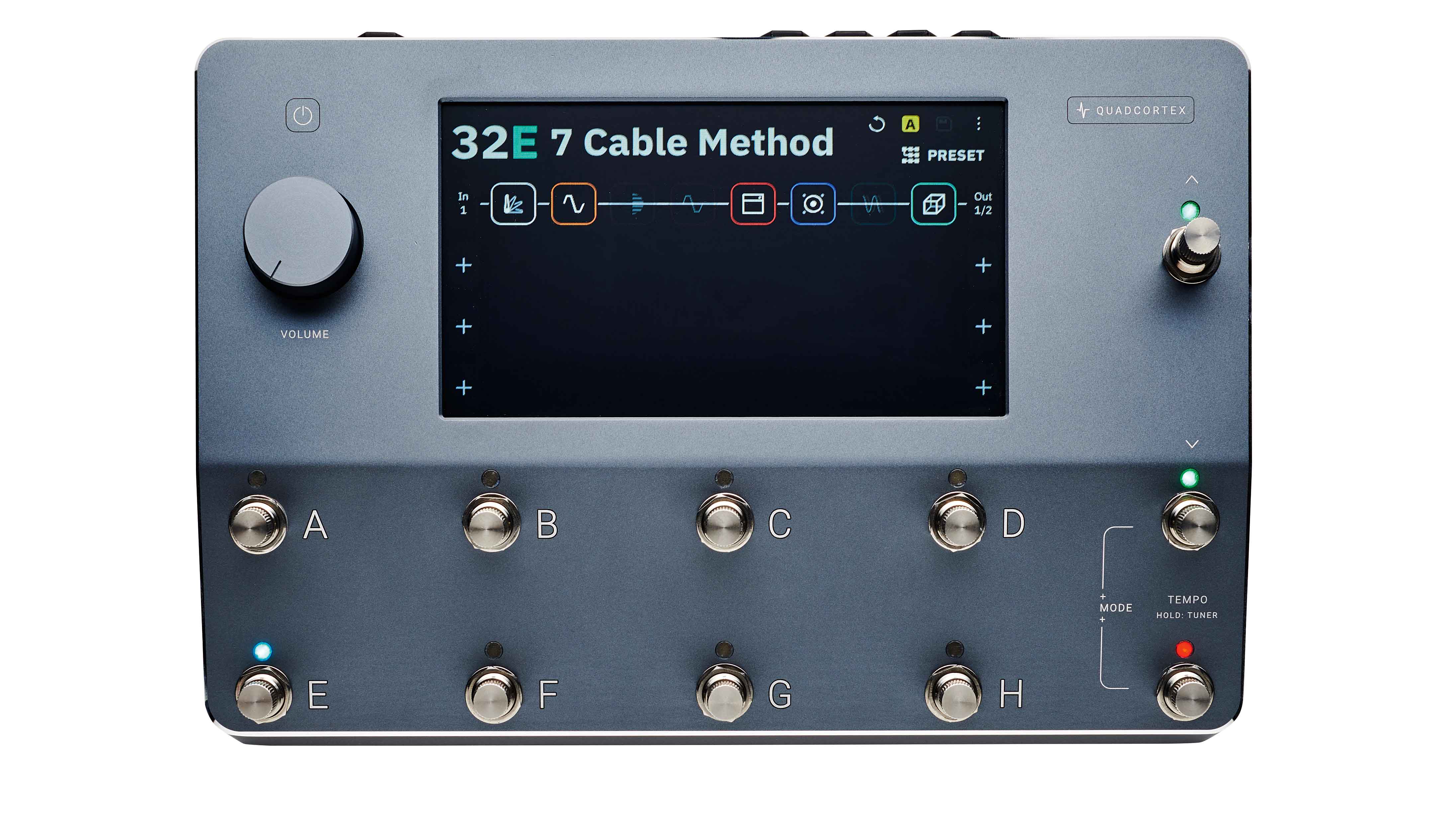
Stepping on the two footswitches to the right of footswitches A to H changes the mode (alternatively, use the touch-screen). In Scene mode, you can have eight different twists on the one preset, which means you could set up a scene for a song and then switch between sounds, say, for a mids-boosted sound during a chorus, a modulated tone a bridge section, or simply for applying a boost during a solo.
Being able to have eight iterations on the one core preset sound is for many an easier way of navigating the idea of presets. And once more, cycling through your scenes you can programme it to get you through a setlist.
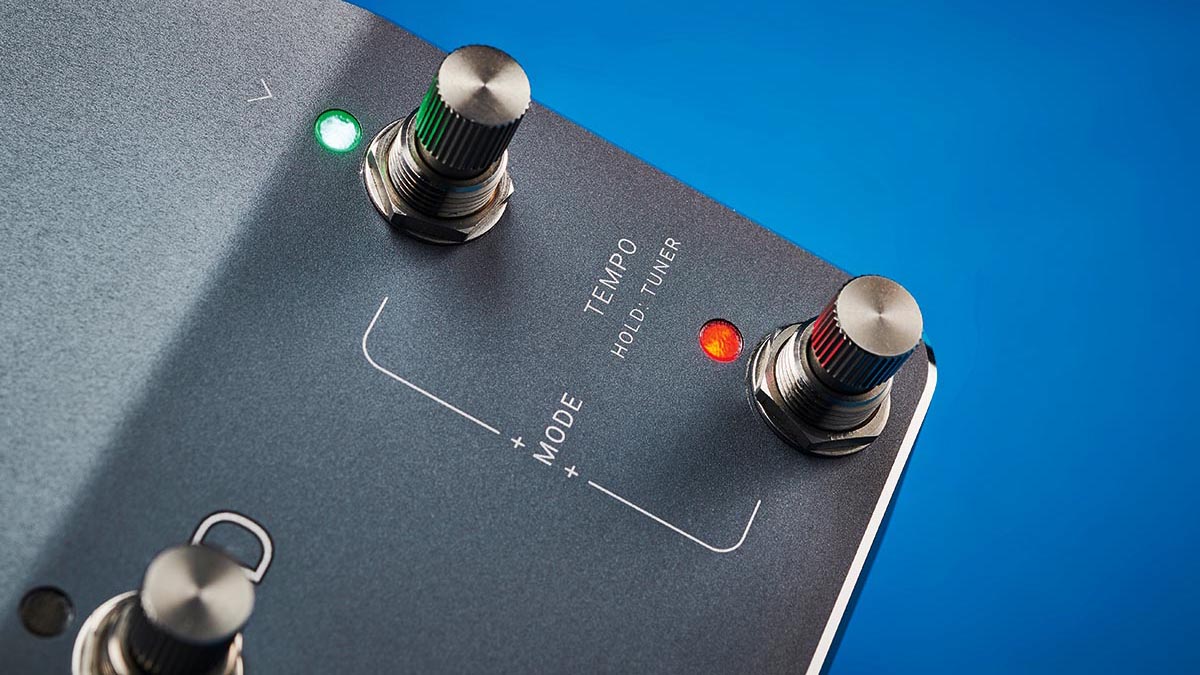
Stomp mode takes a more granular approach to the idea of presets. You can assign effects, amps, IRs and your Neural Captures to a stomp switches and then use it like an analog pedalboard, using rotary encoders to adjust settings within each effect/amp. No matter how you use the Quad Cortex, the workflow is uncomplicated, and the experience lends itself to experimentation.
Neural Capture is another one of the Quad Cortex's features that'll make your jaw drop. Using Neural DSP's biomimetic AI technology, the unit can accurately capture the sonic characteristics of any physical amplifier, overdrive and cabinet.
The biomimetic part is worth emphasising, as this is what helps set Neural's tech apart, using a digital methodology to profiling gear that mimics the human ear. Neural says it is "the most natural-sounding capture solution on the planet."
Neural DSP Quad Cortex: Performance and verdict
The Neural Capture function is fast, easy and to our ears very accurate. There is an active community of users sharing their own captures online, making for another great source of fresh tones. Sadly, there's no desktop app just yet – it is in the works – but using the Cortex Android/iOs app, you can browse Neural Captures and add them as favourites.
When you check in with the unit, look them up under the "Starred and Shared With Me" menu and download them at will. Uploading your own is a drag and drop activity, and like most things with the Quad Cortex, it couldn't be easier.
Indeed, how Neural DSP has integrated all this bleeding-edge tech into a user-friendly package is quite an achievement. It allows you to experiment, of course, and in doing so you might lose the odd afternoon falling through the rabbit hole as you chase tones, but translating the sound in your head to a sound from the unit is as easy as it could be.
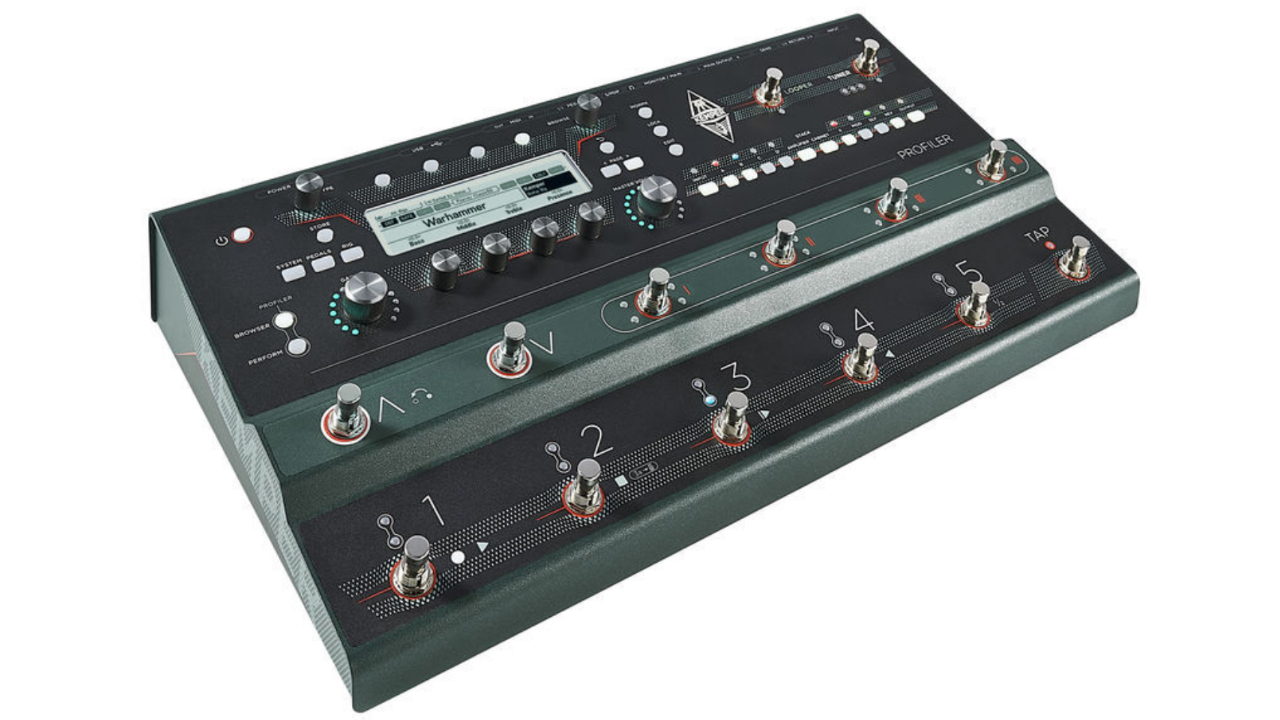
• Kemper Profiler Stage
Despite a couple of niggles, the Kemper Stage is an awesome all-in-one floorboard that we’d happily recommend as the core of any digital rig.
• Fractal FM3
Compact and portable but packing enough functionality to for the gigging musician to use it as an all-in-one rig, the FM3 is another exceptional offering from Fractal. And it's a little more approachable in terms of price, too.
• Line 6 Helix
The Helix is a real powerhouse that can be used on its own or as the centre piece of an extended gear system.
The quality of the sounds is exceptional. That processing power is really brought to bear on the signal path. Even the most complex rigs are rendered with superb fidelity, and with the promise that more is to come (the unit will be updated over time, keeping it current) it suddenly begins to look like money well spent.
No, it's not cheap per se, but how much money have you wasted on physical gear that for one reason or another does not get much of an airing? Here, you have all your options on tap, and the Quad Cortex makes the case that you might never need anything else. This, indeed, could be your rig, and it's about the size of a laptop and weighs under 2kg.
The build quality is incredible, and is such that you could take this on the road with no trouble. The rotary footswitches are incredibly hardy and even more clever, affording the Quad Cortex an extra level of tweakability from such a small footprint.
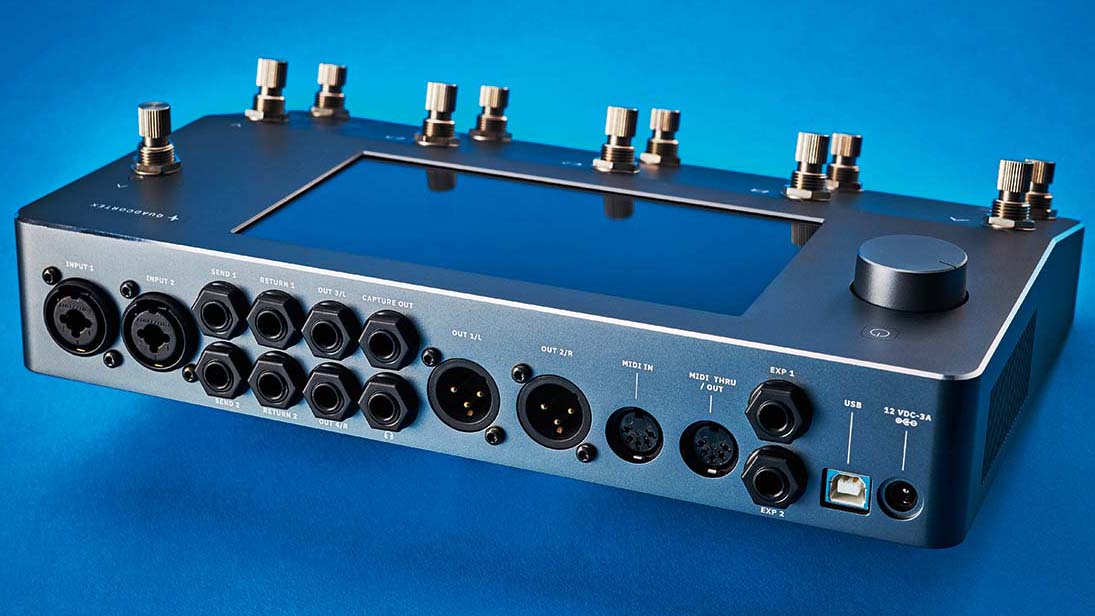
There is also a veritably feast of connections here. A pair of XLR outs, MIDI in/out, two expression pedal inputs, USB, two effects loops for integrating with your pedalboards, a Capture output, stereo outputs and two combo inputs with high-grade microphone preamps, phantom power supply, and variable impedance controls so you can lay down vocals or put your synth through it. Neural DSP says it will be adding vocal effects to the unit in due course.
What doesn't it do? What doesn't it do? Well, it doesn't include the Neural DSP plugins. If you already have these, Neural DSP has promised they will make them available to QC users in the future. And it won't play the songs for you. But it will give you the sounds to play them. Indeed, play anything. And that's pretty cool. You might never need to buy another amp or stompbox again.
MusicRadar verdict: A pro-quality amp modeller and effects unit that presents its many features in an easy-to-use format, the Neural DSP Quad Cortex is a triumph of design. The sound quality is incredible, the user experience unsurpassed. This is the sort of kit to make a digital convert of the most devoutly analogue player.
Neural DSP Quad Cortex: Hands-on demos
Neural DSP
Rabea Massaad
Sweetwater
Rhett Shull
Pete Thorn
Paul Davids
Andertons
Ola Englund
Neural DSP Quad Cortex: Specifications
- TYPE: Amp modeller and multi-effects
- KEY FEATURES: 50+ amp models, 70+ effects, 1000+ Impulse Responses, 7” display with multi-touch sensors, AI-powered Neural Capture, proprietary stainless steel stomp+rotary actuators, 2GHz Quad-Core, SHARC architecture, anodized aluminum, unibody, WIFI for wireless preset sharing, cloud backups and firmware updates, extra control via the Cortex app
- CONNECTIONS: Dual combo inputs, Dual effects-loops, 2x 1/4” output jacks, 2x XLR output jacks, headphone output,MIDI in, out/thru, Dual expression inputs, USB audio interface with Cirrus Logic codecs
- CONTACT: Neural DSP
MusicRadar is the number one website for music-makers of all kinds, be they guitarists, drummers, keyboard players, DJs or producers...
- GEAR: We help musicians find the best gear with top-ranking gear round-ups and high-quality, authoritative reviews by a wide team of highly experienced experts.
- TIPS: We also provide tuition, from bite-sized tips to advanced work-outs and guidance from recognised musicians and stars.
- STARS: We talk to musicians and stars about their creative processes, and the nuts and bolts of their gear and technique. We give fans an insight into the craft of music-making that no other music website can.
“Every note counts and fits perfectly”: Kirk Hammett names his best Metallica solo – and no, it’s not One or Master Of Puppets
Ranked: Bon Iver's albums, from Sable, Fable to For Emma, Forever Ago
“Its mission is simple: unleash the power of any amplifier or line-level source without compromise”: Two Notes promises a “watershed” in tube amp control with the Torpedo Reload II
